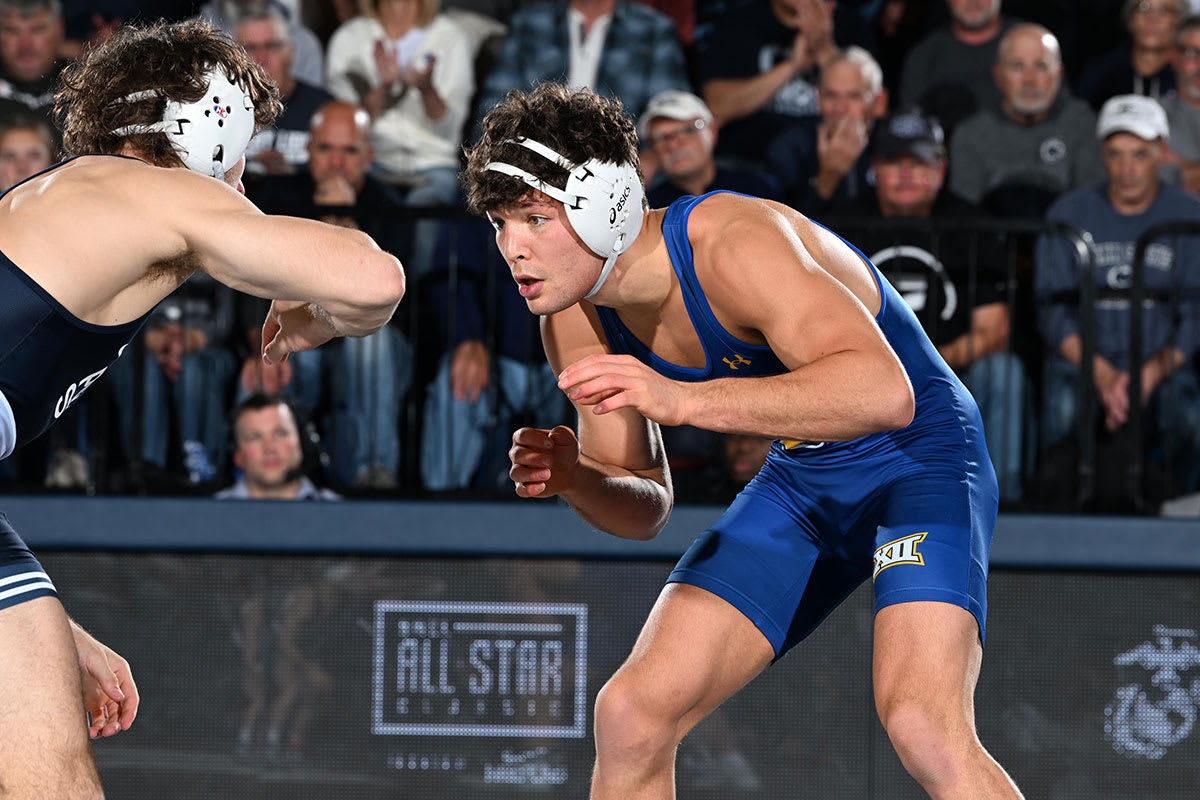Index Surge: Amplifying Your Insights
Stay updated with the latest trends and news across various industries.
Wrestling's Greatest Soap Opera: Drama Beyond the Ring
Discover the wild world of wrestling! Dive into the drama, rivalries, and secrets that make it the greatest soap opera beyond the ring.
The Undeniable Connection: How Storylines Shape WWE's Success
In the world of professional wrestling, particularly within WWE, the narrative arc of storylines plays a crucial role in engaging audiences and driving success. Fans are often drawn to the emotional highs and lows that come with character development, rivalries, and unexpected plot twists. This complex tapestry of storytelling not only captivates viewers but also fosters a community around shared experiences, deepening their connection to the product. As a result, the ability of WWE to create compelling storylines contributes significantly to ticket sales, merchandise purchases, and overall brand loyalty.
Moreover, well-crafted storylines enhance the athletes’ personas, allowing them to transform from mere wrestlers into iconic characters. For instance, when a villain creatively evolves into a hero, or a champion faces insurmountable odds, it resonates with fans on a personal level. This emotional engagement is pivotal in maintaining interest in ongoing narratives, and it inspires viewers to tune in weekly. In a market where content is ubiquitous, the artistry behind these storylines is what solidifies WWE's stance as a powerhouse in the entertainment industry, showcasing that storytelling is not just an addition, but the foundation of its enduring success.

Love, Rivalry, and Betrayal: Iconic Feuds That Changed Wrestling History
The world of professional wrestling is no stranger to dramatic narratives filled with love, rivalry, and betrayal. These elements have not only entertained fans but have also shaped the history of the sport. One of the most iconic feuds is the intense rivalry between Stone Cold Steve Austin and Vince McMahon. Their clashes in the late '90s exemplified the struggle between the everyman and authority, captivating audiences and driving ratings to new heights. Each encounter was fraught with personal animosity and unpredictable twists, culminating in unforgettable moments that would forever alter the landscape of wrestling.
Another landmark feud that resonated deeply with fans was the heated rivalry between Randy Savage and Hulk Hogan, which intertwined elements of love through the narrative of Miss Elizabeth. Their saga wove a rich tapestry of betrayal and heartache, as friends turned into foes, culminating in the legendary match at WrestleMania V. The emotional stakes of their competition elevated the performance beyond mere athleticism, showcasing the potential of wrestling as a medium for complex storytelling. These iconic feuds not only defined eras but also set the standard for what wrestling storytelling could achieve.
Behind the Curtain: How Real-Life Drama Influences Wrestling Storylines
In the world of professional wrestling, the secrets of the ring are often hidden behind a meticulously crafted curtain. The influence of real-life drama on wrestling storylines is profound, as promoters and writers often draw inspiration from the personal lives of their performers. This intertwining of reality and scripted narratives creates a compelling dynamic that keeps fans engaged. For instance, rivalries may stem from behind-the-scenes conflicts or friendships, leading to high-stakes matches that resonate with audiences on a deeper emotional level.
Furthermore, the use of real-life drama enhances the authenticity of various story arcs, making them more relatable to fans. Elements like personal struggles, feuds, and triumphs often become pivotal plot points. Wrestlers may share their journeys overcoming adversity or the pressures of fame, which can turn their characters into heroes or villains that fans connect with. This technique not only elevates the storytelling but also shapes the perception of wrestlers as they navigate their careers, blurring the lines between reality and entertainment.